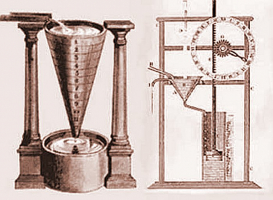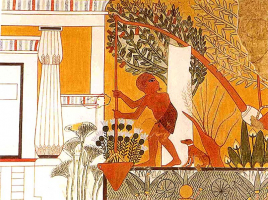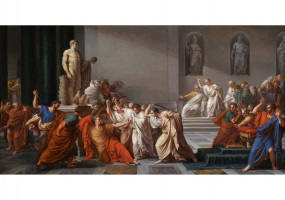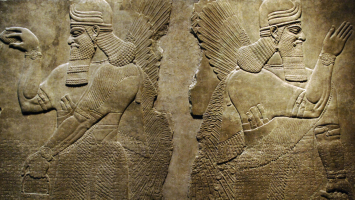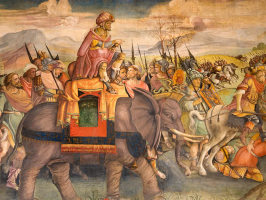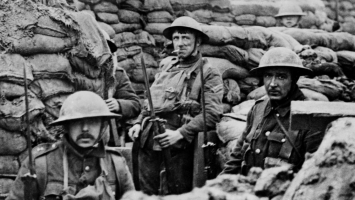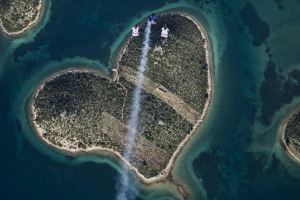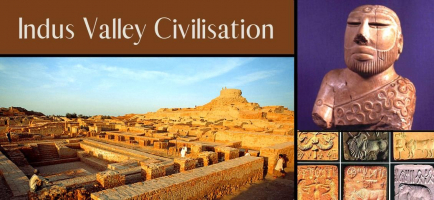Top 10 Inventions and Discoveries That Transformed Warfare
Warfare and science are inextricably connected. Numerous scientific advancements and discoveries throughout history have fundamentally altered the battlefield, ... read more...from antibiotics that significantly decreased the number of soldiers dying from disease to drones that completely altered the way modern wars are fought.
-
Since the middle of the 19th century, photography has been used in combat. Photographs were utilized during wars including the Crimean War, American Civil War, and the Mexican-American War of 1947 to provide the audience back home a realistic perspective of the conflict. The technology was still in its infancy at the time, though. War photography was only allowed to be captured in pictures taken long before or after combat actions due to slower shutter speeds and heavy equipment. It was excellent for media coverage but not very useful on the actual battlefield.
By the turn of the century, that had altered as cameras started to get smaller and faster. In the First World War, photography was frequently used for intelligence and reconnaissance missions. For the first time in history, it gave the commanders a complete vision of the battlefield when coupled with advancements in other areas like communications and aviation. Since then, photography has become more integrated into contemporary combat. In addition to altering how wars are fought, it has also resulted in a long-lasting change in how wars are perceived.
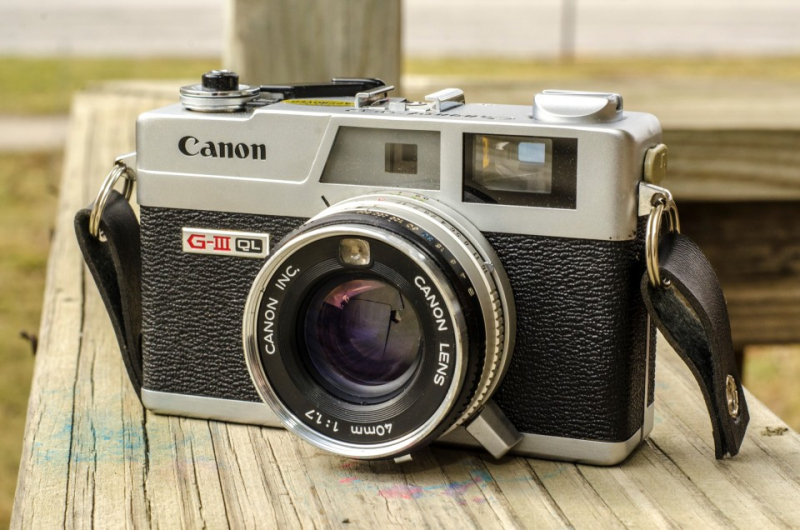
http://www.thecoolist.com/ 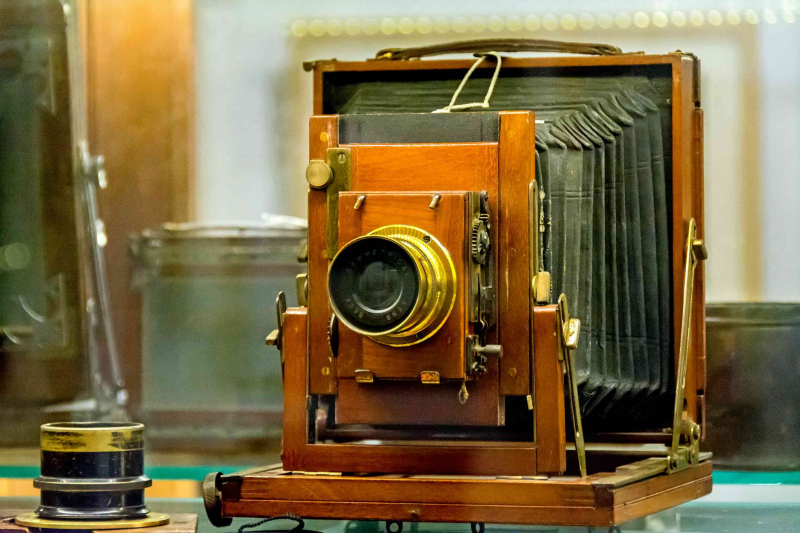
https://www.pinterest.com/ -
The first military versions of radar, also known as radio detection and ranging, were created in MIT's Radiation Laboratory during the Second World War, despite the fact that it was independently created much earlier. It was a game-changing invention that used radio waves to identify nearly any kind of item, and it may have even contributed to the eventual victory of the Allies. Before the war, Germany had its own RADAR program, but by the end of 1940, it had been put on hold.
Radar was employed in numerous ways to impede the Axis war effort during the conflict. Land bases could now precisely target the Luftwaffe's bombing flights with their air defenses, which was especially useful for defending against strikes from German rockets like the V-1. Later in the war, coordinated aerial bombardment missions against German and Japanese facilities made use of more sophisticated radar systems to provide fighter pilots and bombers a map-like image of the ground miles before they arrived.
Even now, radar is a crucial component of combat, and modern systems are significantly more sophisticated than those used in World War Two. Additionally, it is now widely employed in a variety of civil contexts, including navigation, weather forecasting, and flight monitoring.
https://www.redpointglobal.com/ 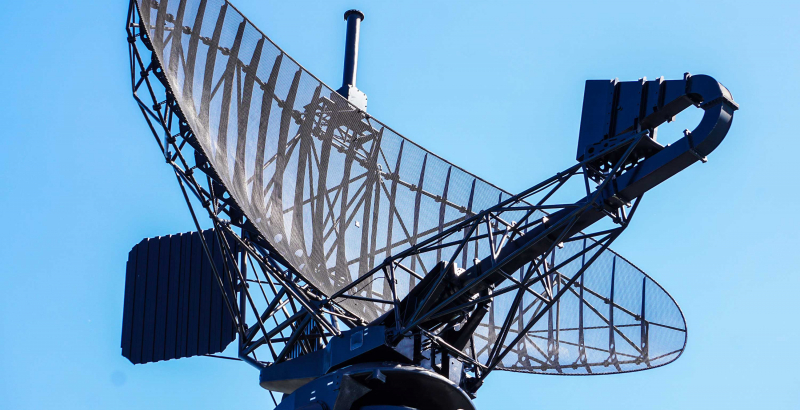
https://www.ggreene.com/ -
A drone is a type of unmanned aerial vehicle (UAV), which is an aircraft without a human pilot, crew, or passengers. Unmanned aerial vehicles (UAVs) are a part of unmanned aircraft systems (UAS), which also include the addition of a controller on the ground and a communications network with the UAV.
Despite the fact that drones have been employed in warfare at least since the First World War, the modern, lethal drone is a far more recent innovation. The first lethal drone strike was conducted shortly after 9/11, and since then, insurgencies and irregular conflicts have supplanted more conventional forms of warfare on a battlefield that is always evolving.
Given that most contemporary models can fly undetected for days at a time and carry out their killings precisely, the killer drone could be categorized as a sniper in terms of weaponry. The fact that they don't require actual boots on the ground for combat operations has fundamentally altered the way wars are conducted. While there has been some debate surrounding the general accuracy of drones, they are also significantly more accurate than bombs or artillery projectiles.
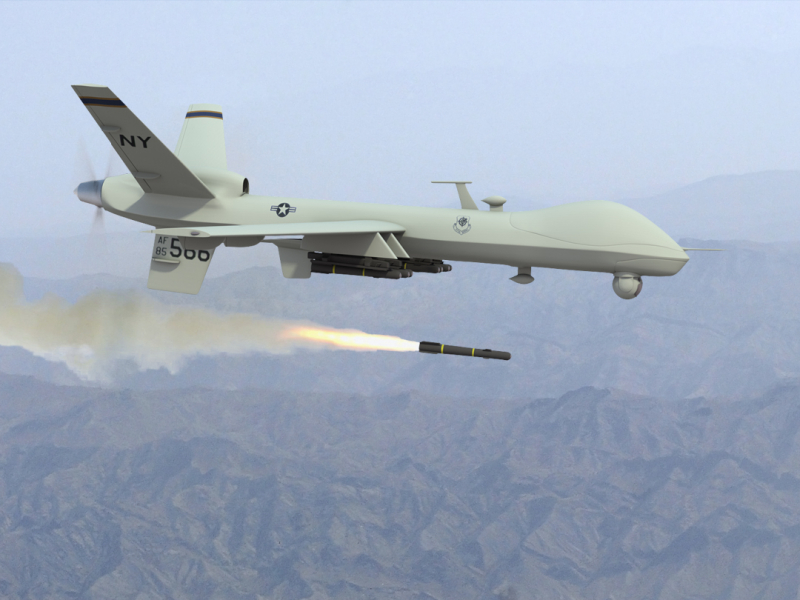
https://dronewars.net/ 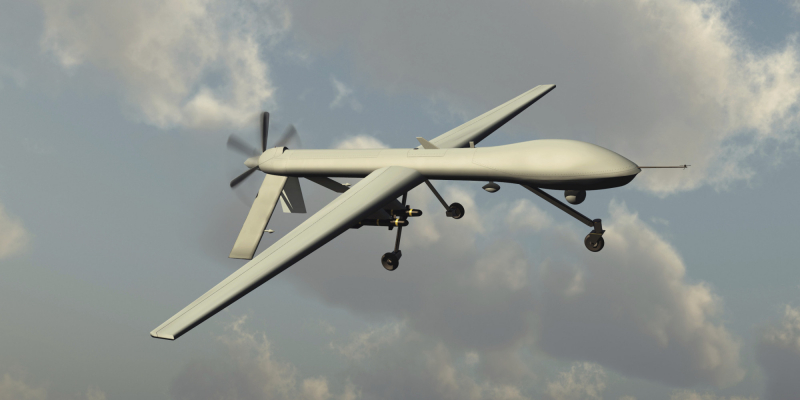
http://www.huffingtonpost.com/ -
It is challenging to pinpoint the precise date of domestication of the horse. According to some studies, it occurred in the huge expanse of grasslands known as the Eurasian steppes, which stretches from Hungary and Romania to Mongolia, roughly 6,000 years ago. It was a turning point in human history because it made it possible for us to move and travel over far greater distances.
Although it wasn't until around 900 BC that the first mounted groups of nomad warriors from the steppes learned how to utilize weapons like swords and bows on horses that the horse had a lasting impact on the battlefield. The first people to use a horse in battle was the ancient Greeks, who may have been the source of all their tales about centaurs.
Before the invention of tanks and artillery, the horse ruled the battlefield for nearly 3,000 years, as shock cavalry superseded heavy infantry as the most feared units. Mounted cavalry and the strategies that surrounded it became the deciding element in most wars, from Mongolia to Egypt to Europe, as kingdoms or empires that relied on their infantry were swiftly conquered by the horses. The development of weapons and armor like the saddle, stirrup, and bridle increased their fighting potency.
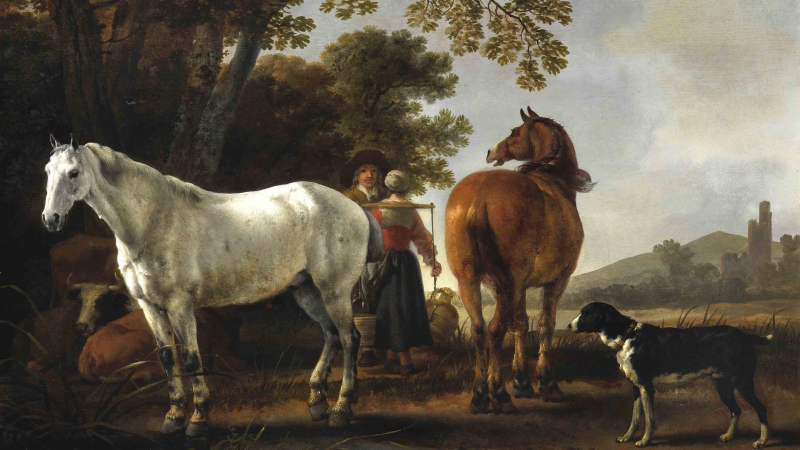
http://www.cam.ac.uk/ 
https://thehorse.com/ -
Practically, every area of our everyday lives has been greatly impacted by social media. For better or worse, the ability to swiftly produce and distribute information anywhere in the world has altered how we communicate. Given that conflicts are now live-streamed long before reporters or analysts could reach the combat zone, it should come as no surprise that it has also changed the modern battlefield.
Through virtual communities and networks, social media enable the creation and exchange of information, ideas, interests, and other forms of expression. Social media are interactive technologies that are also a subset of media.
While it's too soon to say whether social media may have a significant impact on how wars turn out, a few conflicts, like the Arab Spring or even the ongoing war in Ukraine, show that it will play a significant part in future conflicts. There's also a potential that social media as a whole could someday be used as a weapon of war, as ISIS did during its worldwide recruitment campaigns that were conducted primarily on Twitter.

https://www.webtms.com/ 
https://www.creatoconnect.com/ -
There was a time when even small scrapes and bruises on the battlefield may become dangerous. Prior to the discovery of medicines, cholera and pneumonia infections killed as many men as the enemy, if not more. According to one estimate, illness was to blame for close to one third of all military fatalities during World War One.
During the Second World War, everything altered at some point. Whereas antibiotics like penicillin controlled outbreaks and wound-related complications, pesticides like DDT helped keep battlefields free of dangerous carriers. Alexander Fleming, a Scottish microbiologist, made the initial discovery of it in 1928, but the technology to mass produce it wasn't developed in the U.S. until the war had already started. According to one estimate, the discovery of penicillin lowered the incidence of combat deaths from bacterial pneumonia from 18% to 1%. It was a revolutionary innovation that saved countless lives during the conflict.

https://www.texasentandallergy.com/ 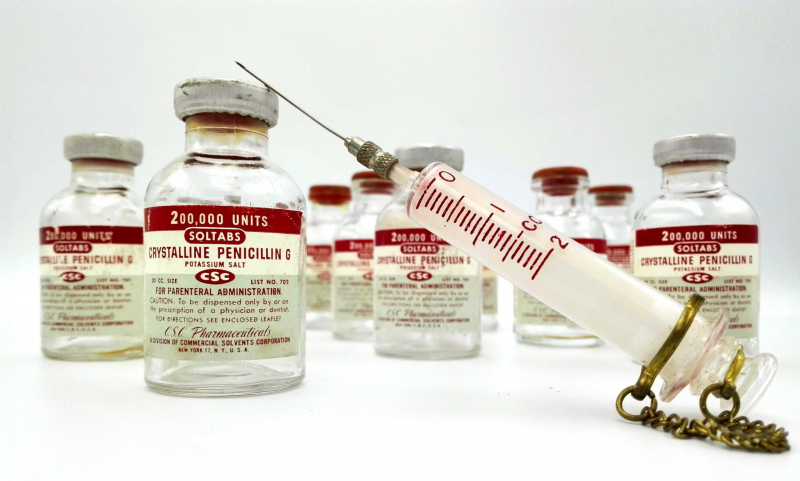
https://www.gideononline.com -
In the 1830s, Samuel Morse developed the Morse code as a means of communication. The International Morse Code, a less complex variant that also functioned with languages other than English, eventually supplanted the original version, which used a series of dots, dashes, and blank spaces to represent the alphabet and numbers. Morse Code, and the telegraph system created with it, was the only way to immediately communicate information over extremely great distances prior to the introduction of the telephone.
Warfare was significantly impacted by Morse Code. For the first time, orders could be quickly transmitted to units hundreds of miles away. It marked the start of a new kind and size of conflict, one in which front lines might be extended farther than at any other point in history. During the Second World War, when friendly units used the telegraph and Morse code extensively to share encrypted information, they were very helpful.
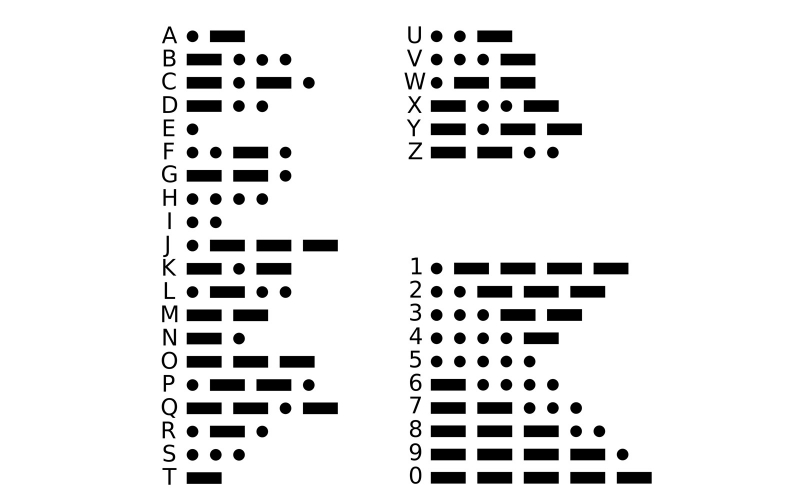
https://www.inventblocks.com 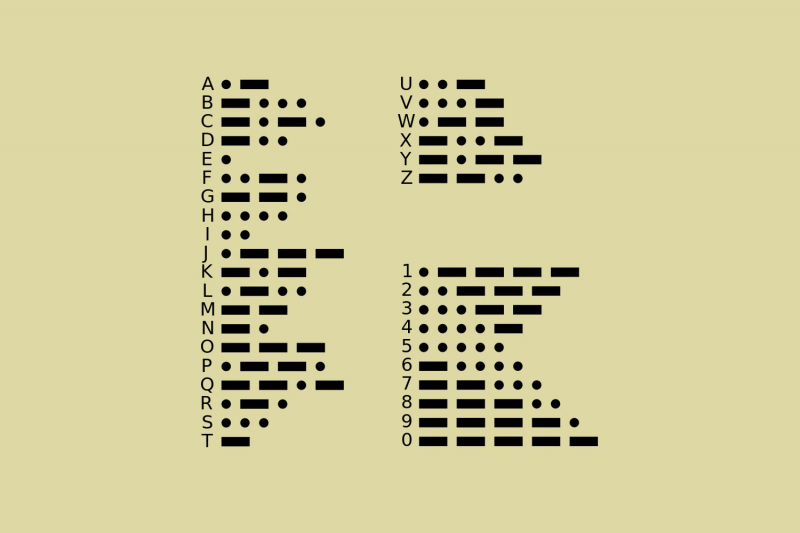
https://www.thoughtco.com/ -
The Haber-Bosch process has been referred to as one of chemistry's most significant inventions. It is today an extensively used commercial process that combines nitrogen and hydrogen to produce ammonia, which is then used to generate products like fertilizers. It was developed in 1909–1910 by German scientists, after whom it was named.
Since its inception, the method has generated a worldwide expansion of various fertilizer kinds, which has led to a dramatic increase in global population. It was created in the first decade of the 20th century by German chemists Fritz Haber and Carl Bosch, and is named after them. It was created in the first decade of the 20th century by German chemists Fritz Haber and Carl Bosch, and is named after them.
Due to the fact that nitrates were a crucial component in the creation of weapons, the Haber-Bosch process was crucial to the German war effort during the First World War. Due to a British blockade, which prevented Germany from accessing the world's nitrate reserves, the procedure gave them a special domestic source of food and weapons to last for more than four years.
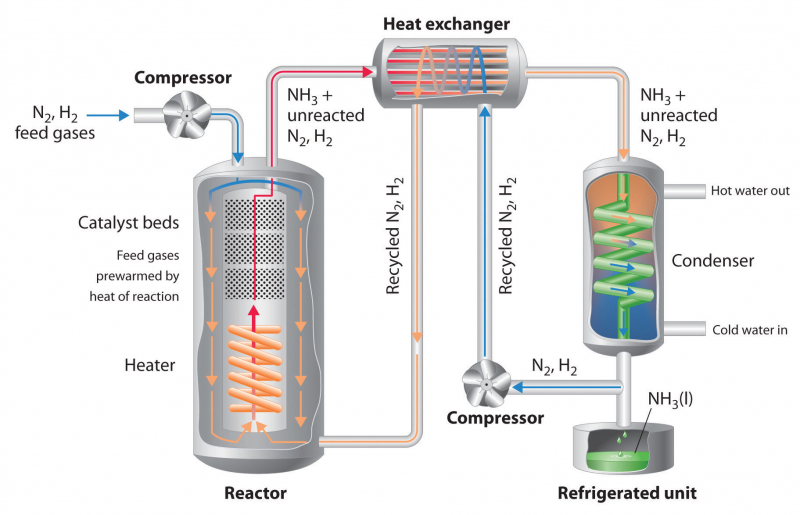
http://haber-boschprocess.blogspot.com/ 
http://insights.globalspec.com -
During the second half of World War II, DDT was employed to prevent the spread of the insect-borne illnesses typhus and malaria among both civilians and military personnel. For "discovering the great efficacy of DDT as a contact toxin against many arthropods," Müller received the Nobel Prize in Physiology or Medicine in 1948. It was the first major conflict in which combat-related causes of death were outnumbered by diseases, and one of those causes was the freshly discovered insecticide DDT.
DDT, which was found by Swiss scientist Paul Müller and for which he later received the Nobel Prize, was so successful in killing fleas that carried disease and other insects that field commanders and soldiers frequently referred to it as the "wonder drug." The insecticide was initially used on the Pacific front, where disease-related deaths were highest, and it quickly established itself as a standard component of an Allied soldier's equipment. In 1943–1944, a typhus outbreak that was spreading throughout Naples, Italy, was successfully contained by DDT.
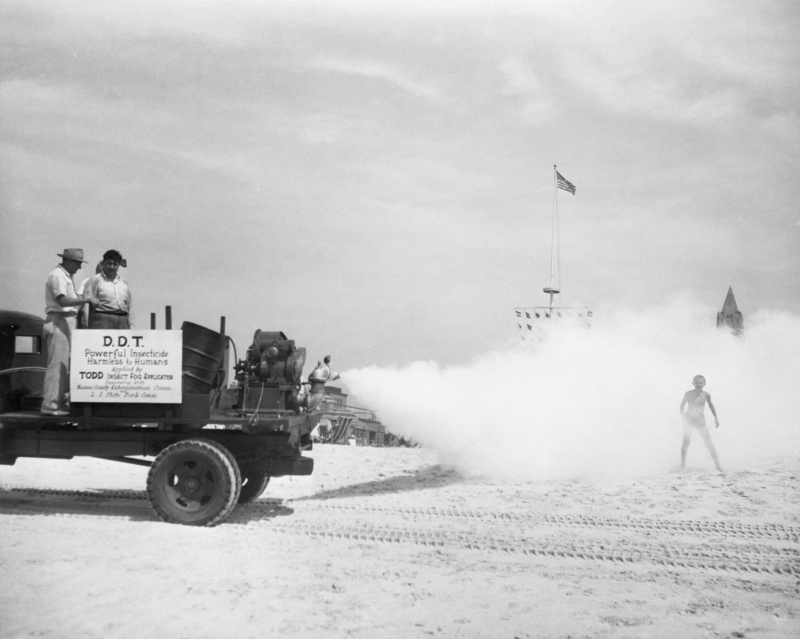
https://collection.sciencemuseum.org.uk/ 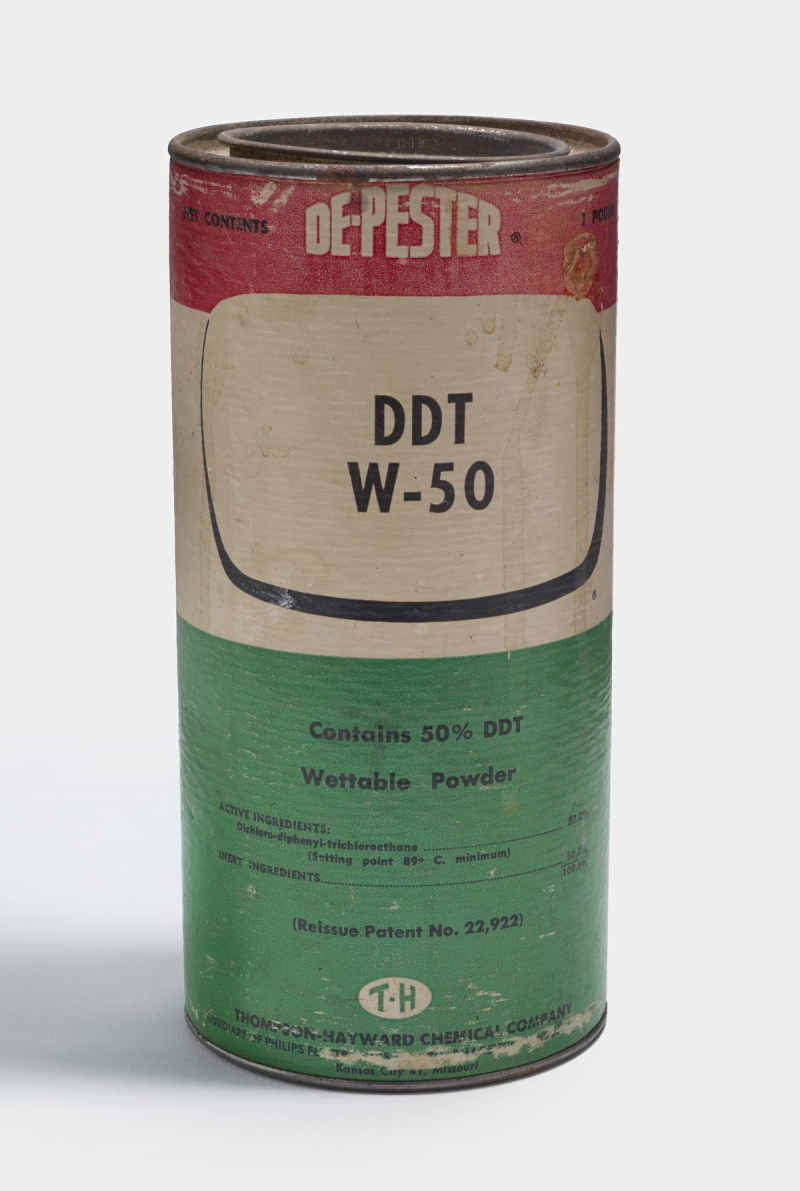
https://digital.sciencehistory.org/ -
American farmer Joseph Glidden created barbed wire in the 1870s as a means of preventing livestock from escaping confinement. It was a ground-breaking agricultural development that ended the traditional "open range" method of herding cattle in the west and gave rise to fenced pastures. Barbed wire will cause discomfort and possibly even injury to any person or animal attempting to cross it. All that is needed for barbed wire fencing are fence posts, wire, and fasteners like staples. Even a non-skilled person can quickly and easily put it together.
But its effects on warfare were considerably more pervasive. Due to its employment in constructing walls and perimeters, armies all over the world were manufacturing enormous amounts of barbed wire by the late 1800s. In conflicts like the Spanish-American War, Russo-Japanese War, and Boer War, it was very effective. An iconic aspect of World War One was the excessive use of barbed wire to strengthen the deeply entrenched fortifications along the western front. Eyewitness stories claim that in some locations, the walls of wire were so thick as to block both daylight and artillery barrages.
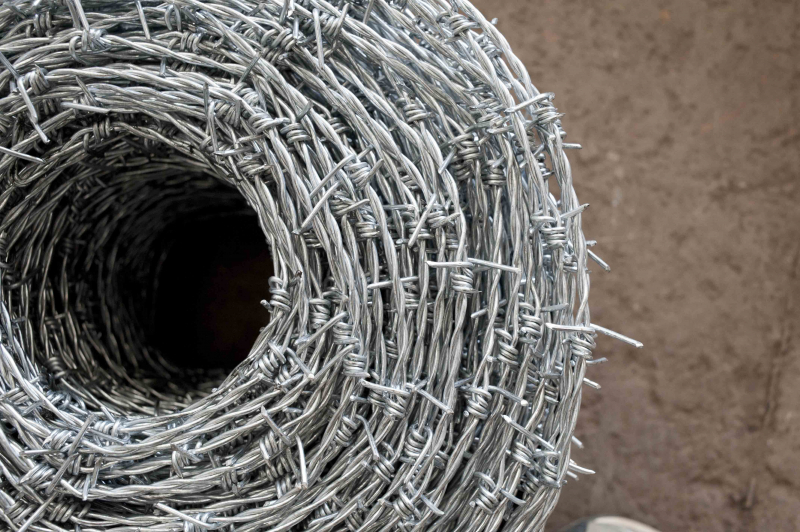
https://roofingsgroup.com/ 
https://faithwayfeeds.com/














